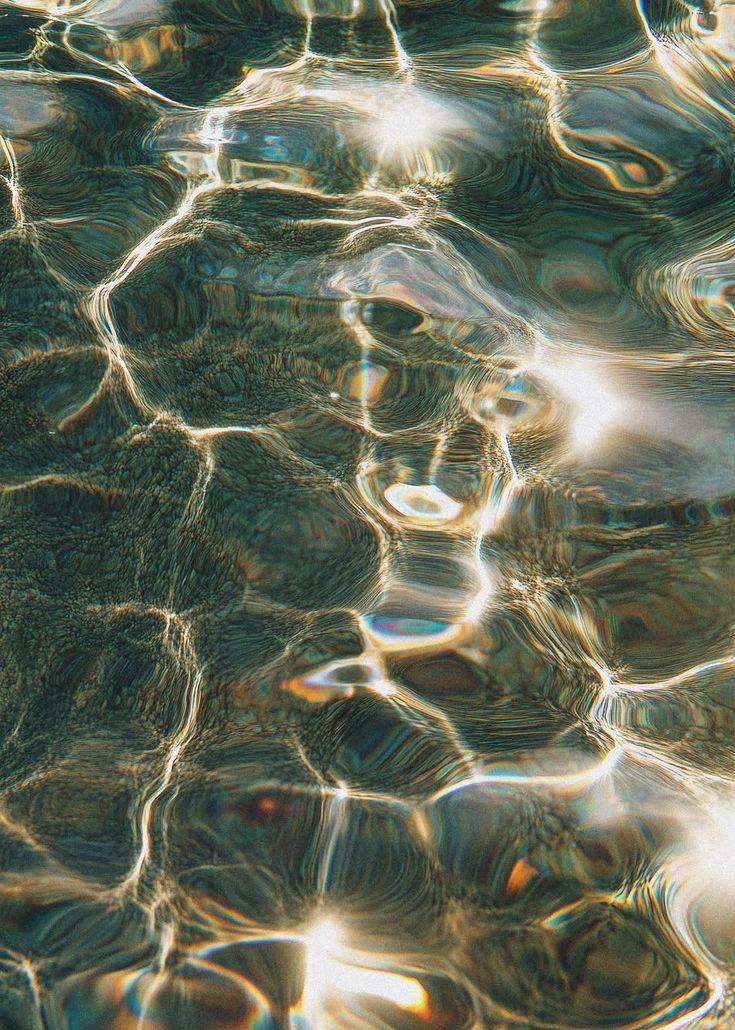We weren’t made to drink tap water. Not in the modern, municipal sense of it, that being stripped, bleached, chlorinated, pressurized through city pipes. It's terrible, and despite its convenience, even most filtered water is dead on arrival: mineral-void, over-purified, plastic-contaminated.
Natural spring water, by contrast, is alive. It moves underground through layers of stone and earth, gathering minerals, forming its own geometry. It’s filtered by time and pressure, not machines. What you get is water the way it was meant to be, it's wild, unprocessed, coherent.
There’s a biological familiarity to spring water. Your body recognizes it. The mineral profile often reflects what human tissues need to function: magnesium for muscle control, calcium for nerve signaling, silica for connective tissue. You’re not just hydrating. You’re replenishing in a way that filtered or distilled water can’t replicate.
Some spring water also carries structure, the molecules arranging into hexagonal or crystalline forms. This is a controversial area in science, but many who drink true spring water report feeling clearer, more awake, more nourished. It hydrates deeper. There’s an unmistakable weight and taste to it, sometimes sweet, sometimes stony — but always alive.
Even the microbial content is different. While municipal water is sterilized to the point of dysfunction, spring water, when collected properly, often contains beneficial microflora, trace lifeforms from deep underground ecosystems. These aren’t contaminants — they’re part of a larger biological web that your body knows how to interface with.
So how do you actually find it?
One of the most reliable tools is FindASpring.com. It maps hundreds of wild springs across North America and beyond. Many are on public land, or in roadside pull-offs known to locals for generations. The site includes user reviews, coordinates, and testing data when available. Some springs come out of rock faces, others from pipes driven into the hillside but the water is almost always free. You just have to bring your own containers.
Glass is best. So is stainless steel. Plastic, especially in sunlight, will leach into the water over time, and should as a rule be avoided. Once collected, keep your spring water in a cool, dark place. Ideally, drink within a week. If you can't source your own, there are a few companies selling true spring water in glass bottles, brands like Gerolsteiner, Tourmaline or Mountain Valley. It’s a compromise, but still better than most filtered municipal sources.
More and more people are waking up to the fact that hydration is not just about volume. It’s about coherence, charge, mineralization, and trust in the source. When you drink wild spring water, you are in direct relationship with the land. You are participating in a ritual older than language.
In an age of artificial inputs, this might be one of the most grounded, radical acts you can make.
